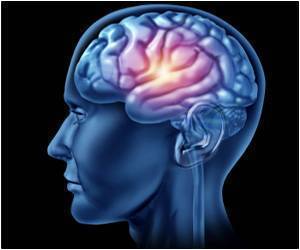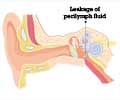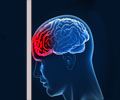- World Head Injury Awareness Day 2017 is held on the 20th of March annually
- This is a day to raise awareness about the traumatic experiences of head injuries not just for patients but for families and communities
- The theme for the 2015-17 campaign is “Not Alone”
- Scalp wounds
- Skull fractures
- Concussion where the brain receives a jolt. This is the most common type of traumatic head injury.
Head injuries may be caused by a number of reasons including
- Motor and traffic accidents
- Household accidents,
- Falls sustained during sports,
- Outdoor injuries
- Physical assaults
World Head Injury Awareness Day 2017
Each year, more than 5% of the globe is involved in serious brain injury due to traumatic accidents. World Head Injury Awareness Day is a platform for raising the issue of such head injuries to push for reduction of such accidents through safety measures like helmets while driving or skiing. This is a day to educate people and create awareness on the need to avoid such head injuries and prevent permanent disablement. This day seeks to make the public aware of the serious consequences of head injuries, which may include death, blindness, deafness, loss of speech and language, epilepsy, cognitive disabilities, psychosocial issues, memory loss, mild to severe paralysis and other neurological and neuropsychiatric issues.It is unfortunate that there is little information and awareness about the repercussions of head injuries. The Brain Injury Association of America (BIAA) leads the globe in observing Brain Injury Awareness Month in March. Neurologists, neurosurgeons, neuropsychiatrists, psychologists, memory experts and rehabilitation therapists come together to educate people on this serious type of injury.
Head injuries require a multidisciplinary care approach and it is imperative that the patient receives immediate emergency care. In some accident cases especially in countries like India, the victim often does not receive the immediate medical attention which can result in further trauma and serious side effects. Head injuries are often the leading cause of spinal cord trauma and paralysis and it is important to create public awareness. The focus of this day is prevention because such injuries are totally preventable and avoidable.
- Use a seat belt in a four-wheeler
- Driver and pillion should use a helmet on a two-wheeler
- Do not drink and drive
- Use a helmet in contact sports like football, baseball, horse riding and skiing
- Watch your step while walking or running
- Avoid slippery floor areas whether at home or outside
2017 Theme: “Not Alone”
The 2015-17 theme includes the campaign “Not Alone” as an outreach call to survivors of head injuries. Since a good percentage of head injuries involve serious trauma to the brain, it requires months of rehab and recovery to get back to a normal state. The interim period is often devastating for patients and families who often find themselves alone due to the lack of social support. Apart from the financial burden of a long hospital stay and extended rehab, patients often find themselves out of gear in their work and profession, family and social life. The campaign is a move to address the deeper issues of the patient community by reaching out and communicating each and every person that he/she is not alone in dealing with the fallout of head injuries. Isolation and social stress often hamper an individual’s recovery and hence such campaigns try to create awareness among patients and also connect to the larger community.Online platforms and patient groups serve as a meeting point for people with similar experiences. Coming together dispels the feeling of loneliness and social stigma. People sharing experiences and tips can help others cope better and learn how to handle their situation. A sense of solidarity also motivates people to work harder at rehab and get back to the driving seat of life. The campaign seeks to communicate that collectively we can make a difference and help the community recover faster and better.
References:
- March is Brain Injury Awareness Month - (http://www.biausa.org/brain-injury-awareness-month.htm)
- World Head Injury Awareness Day - (http://www.nioh.ac.za/?page=topical&id=13&rid=56)
- Head injury - first aid - (https://medlineplus.gov/ency/article/000028.htm)














